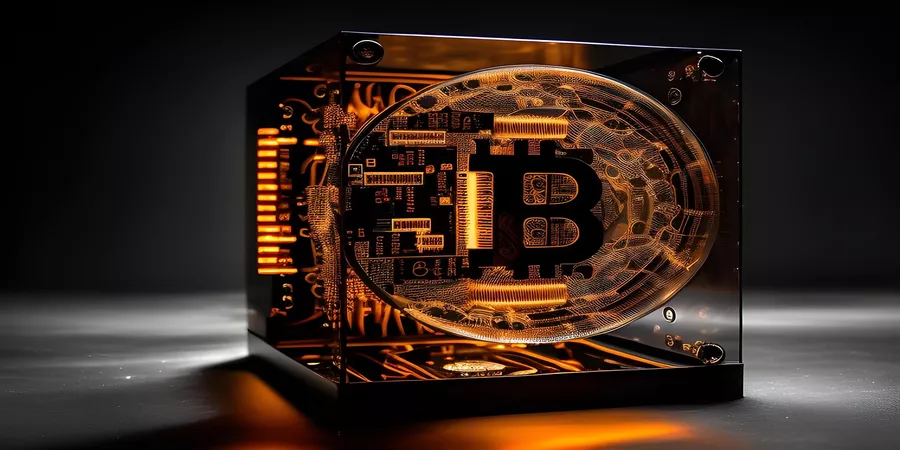In today’s world, event organizers must prioritize safety and well-being for attendees, staff, and participants. A proactive approach to safety planning is crucial, involving technology, trained personnel, and real-time coordination. This includes intelligent risk assessment, seamless communication, and a secure environment without feeling policed, ensuring a memorable event experience.
Why Event Security Is Essential Today
Safety has become a top priority for public gatherings, with incidents at concerts, sporting events, and community festivals highlighting the need for robust safety plans. Attendees prioritize comfort and security, necessitating a holistic approach that mitigates threats and reassures everyone present. Whether it’s a music festival, trade show, or private gala, security services are no longer a box-ticking exercise but a fundamental part of the experience. Modern event safety strategies combine traditional measures with digital systems and logistics, ensuring security without stealing the spotlight. Organizers must balance providing reassurance to deter threats and comfort guests, while not creating an overbearing atmosphere.
Blending Human Expertise And Technology
Effective security operations today involve a blend of trained personnel and advanced technology. Surveillance equipment, AI-driven video analytics, and facial recognition technologies improve crowd management and threat identification. However, human decision-making remains crucial. A trained Security Officer can recognize subtle changes in behavior and act quickly if needed. This balance prevents fatigue and blind spots, enhancing response speed and risk management. Investing in team training and staying updated with new tools is a proven formula that event organizers adopt worldwide.
Assessing Risk: Tailoring Strategies To The Event
Event security requires a tailored approach, as not every event has the same threats. A detailed risk assessment helps identify vulnerabilities and areas requiring targeted safeguards. Event duration, location, crowd density, and media coverage can affect security. Planning can be improved by documenting lessons learned from similar events and analyzing incident reports. Technology can map foot traffic or simulate emergency scenarios, while regular risk assessments keep event safety aligned with current threats.
Balancing Security With Guest Comfort
Guests are more likely to stay alert and cooperative when there is increased visible security presence, especially when staff are approachable and polite. Clear information, marked emergency exits, and visible points for first aid or lost-and-found help set the tone for a secure environment. Staff training in crisis management and customer service helps create an inviting yet safe environment, and guests respond positively to overt displays of professionalism and preparedness.
Preparedness For The Unexpected
Public events often face unpredictable circumstances like weather disruptions, medical emergencies, or technical failures. Successful events have built-in flexibility, allowing security teams to adapt and respond swiftly. This is achieved through routine drills, clear protocols, and strong communication channels. Response scenarios like evacuations and shelter-in-place orders help teams react calmly and efficiently. Rapid, well-coordinated action prevents panic and protects lives.
Collaboration And Community Support
Event security requires a shared responsibility among event organizers, venue operators, law enforcement, and community stakeholders. Open communication before the event ensures familiarity with emergency plans, response roles, and resource allocation. Cities require detailed plans for crowd control and authority before issuing permits. Building relationships with local partners provides specialized knowledge and resources.
Learning From Each Event: Continual Improvement
Event safety requires a culture of reflection and improvement. Post-event debriefs, involving staff and participants, reveal patterns and suggest enhancements. Analyzing information like response times, incident frequency, and feedback helps teams stay adaptive. Data from incident logs or surveillance tools can be used to design better future protocols, such as guest screening, staff deployment, and crowd navigation signage. This cycle is a living document for safety and satisfaction, a hallmark of responsible organizers.
















